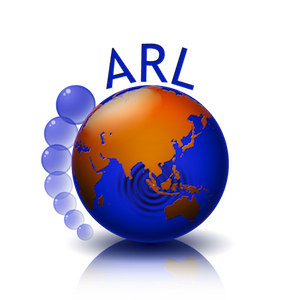ARL’s foray into deepwater exploration was conducted as part of the Keppel-NUS corporate laboratory program to carry out exploration works for polymetallic nodules in the Clarion Clipperton Zone of the Pacific Ocean, at water depths of 4000 m to 5000 m. Very little data is available on the nodule resources in this region in the open domain. Prior to exploitation of the resources, it is necessary to obtain a good survey of the nodule abundance. However, given the hefty costs involved in conducting exploratory cruises, one cannot hope to survey this area feasibly in a short amount of time.
In this scenario, the primary strategy for obtaining a preliminary estimate of resources is spatial modeling. A second aspect is that of improving the cost-efficiency of surveys. Hence, the goal is to use commercial off-the-shelf underwater vehicles and to fuse data from cameras, side-scan sonars, multibeam sonars, synthetic aperture sonars with an aim to rapidly survey a mineral deposit and estimate its volume . Furthermore, analyzing vast amounts of data gathered during exploratory cruises and effectively using them translates to a better spatial prediction model.
A good spatial prediction model can greatly reduce the time and money spent on exploration of suitable harvesting sites. Commercially, this translates into large benefits for the nodule harvesting industry, in terms of resources such as time and money spent on exploratory cruises.


